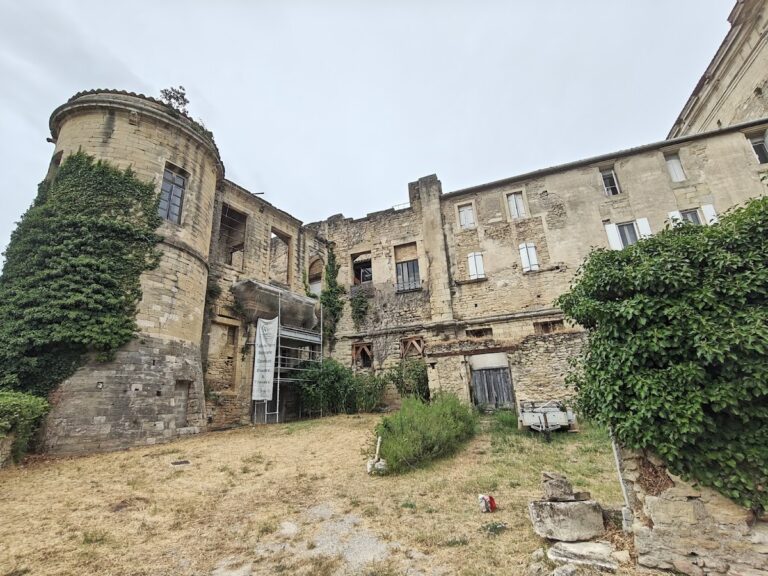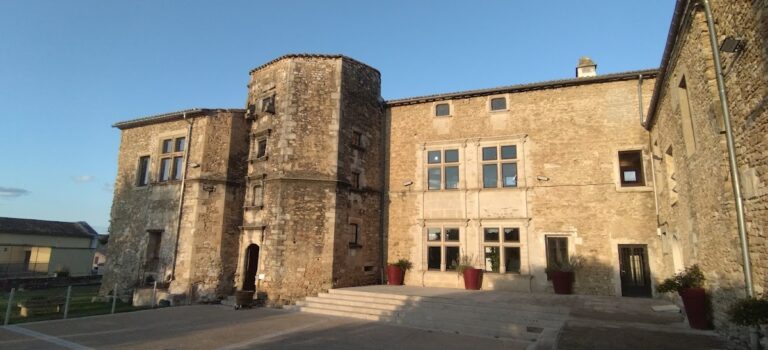Aigues-Mortes: Medieval Ramparts and Fortifications in France
Visitor Information
Google Rating: 4.6
Popularity: High
Google Maps: View on Google Maps
Official Website: www.aigues-mortes-monument.fr
Country: France
Civilization: Unclassified
Remains: Military
History
The Ramparts of Aigues-Mortes are located in the town of Aigues-Mortes in France. These defensive walls were constructed by the medieval French monarchy to protect and fortify the settlement.
In the mid-13th century, King Louis IX acquired the territory of Aigues-Mortes from the Abbey of Psalmodi, purchasing it between 1240 and 1248. This acquisition was part of the king’s plan to establish a fortified port on the Mediterranean coast, from which he departed in 1248 to lead the Seventh Crusade. The town was officially granted its founding charter in May 1246, marking the beginning of its development as a strategic military and religious embarkation point.
Construction of the ramparts unfolded over several decades in distinct stages. The earliest work began in 1272 under King Philip III. At this time, a contract was awarded to the Genoese builder Guglielmo Boccanegra to construct the city walls and develop the port facilities. However, this initial effort was curtailed when Boccanegra died in 1274 and his heirs terminated the contract, leading to interruptions in the project.
A renewed phase of building took place starting in 1289 during the reign of King Philip IV. The royal seneschal Moncéliard prepared a detailed assessment and cost estimate aimed at expediting the completion and correcting previous construction issues. At this time, about 650 meters of the curtain wall—the continuous defensive wall between towers—remained unfinished. Subsequent work continued through the late 13th century, culminating in the erection of the Carbonnière Tower, an important fortification element added near the close of the century.
By the year 1300, the fortified enclosure extended approximately 1,600 meters around the town, with its defenses centered near what became the Tower of Constance. This tower, initially known as the Tower of the King, was constructed between 1240 and 1249 to secure the route into the new town and provide shelter for pilgrims and merchants journeying to the Holy Land. At the end of the 13th century, the Tower of Constance was augmented with a lighthouse structure that enhanced its role as a landmark and defensive lookout.
Since the early 20th century, notably from December 1, 1903, the ramparts, along with the castle and Tower of Constance, have been recognized and protected as historical monuments by the French state. Additional protections have been extended to adjacent areas surrounding these fortifications, preserving the site’s heritage.
Remains
The remains of the Aigues-Mortes ramparts comprise a well-preserved quadrangular enclosure that stretches roughly 1,640 meters in length and rises to a height of about 11 meters. The walls are constructed primarily of sturdy masonry, embodying the military architectural style adapted to a marshy coastal environment common in Western Europe during the 13th and 14th centuries.
Along the ramparts, there are fifteen towers interspersed at regular intervals, providing strategic defensive positions. Complementing these are ten gates that serve as controlled access points into the town, facilitating both commerce and security. This network of towers and gates illustrates the comprehensive nature of the fortification system designed to protect the medieval settlement.
Among the most notable structures is the Tower of Constance, situated close to the ramparts. Built in the mid-13th century, this imposing tower not only served defensive purposes but was also intended to host travelers heading to the Holy Land. By the end of the 13th century, it gained a distinctive lighthouse extension, enhancing its function as a navigational aid and lookout post.
The ramparts’ relationship with the nearby port is significant, as both were engineered concurrently to ensure reliable, dry access to the city from the sea. This coordination between the walls and the port facilities underscored the strategic importance of Aigues-Mortes as a maritime hub and a fortified bastion on the Mediterranean coast.
Today, these fortifications retain their structural integrity to a remarkable degree, allowing present-day observers to appreciate the scale and sophistication of medieval military engineering preserved within the site. The overall ensemble, including the castle and prominent towers, forms a cohesive monumental landscape reflecting centuries of historical development.










